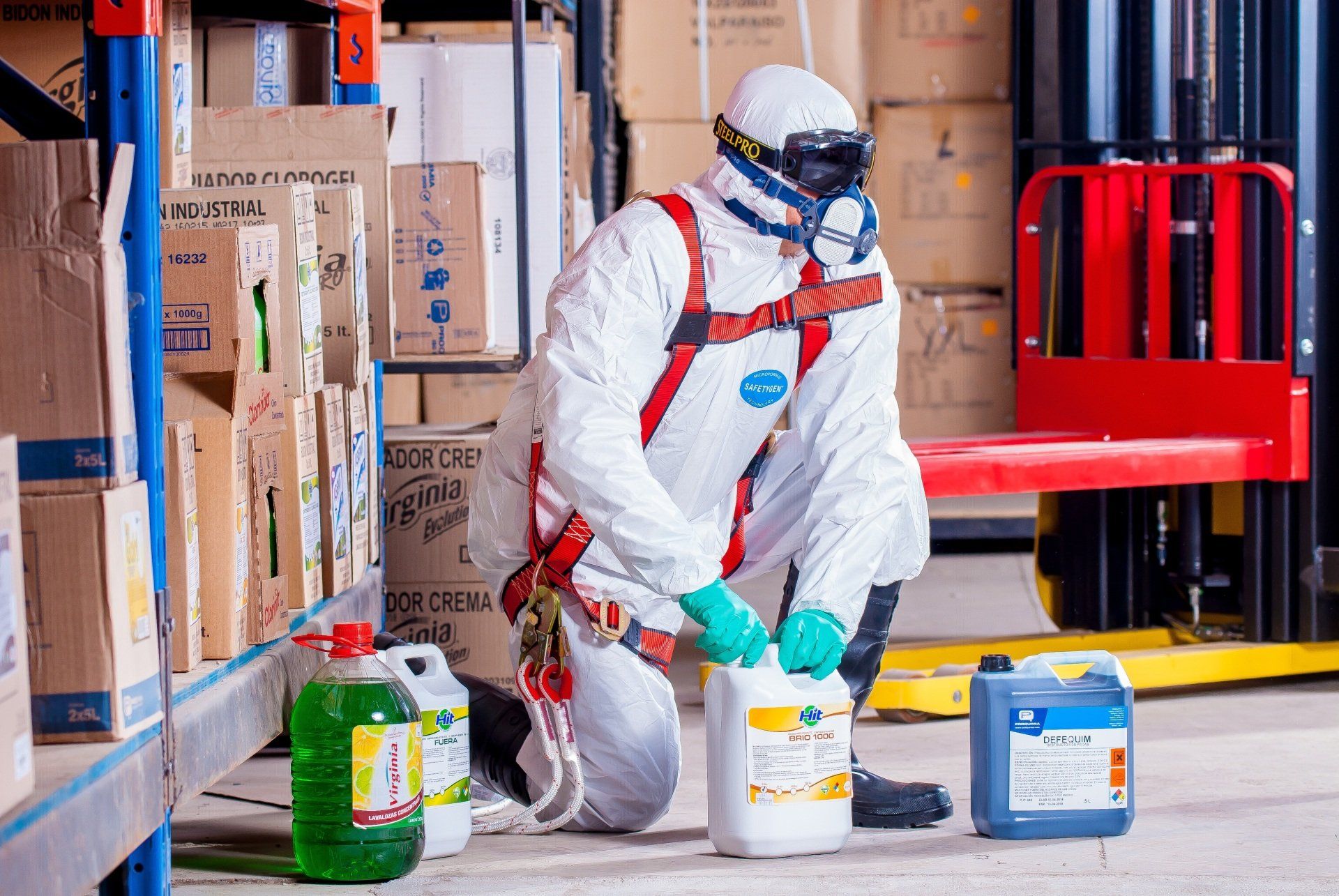Creating Safe Spaces: Workplace Violence Prevention Strategies for Business Owners
This is a subtitle for your new post

In today’s fast-paced and often high-pressure work environments, workplace violence is a growing concern that business owners can’t afford to ignore. From verbal threats to physical assaults, workplace violence not only jeopardizes employee safety but also affects morale, productivity, and a company’s reputation. The good news? With proactive strategies, business leaders can foster a culture of safety and respect.
Understanding Workplace Violence
Workplace violence isn’t limited to extreme or headline-grabbing incidents. It covers a wide spectrum of behaviours, including:
- Verbal abuse or threats
- Bullying or harassment
- Physical altercations
- Stalking or intimidation
- Active shooter situations
It can come from anyone—coworkers, clients, vendors, or even strangers.
Why Prevention Matters
Besides the obvious moral obligation to protect employees, violence in the workplace carries significant legal, financial, and emotional costs. Lawsuits, lost productivity, employee turnover, and damage to brand image are just a few of the potential consequences. A safe workplace is not only good ethics—it’s good business.
Strategies for Business Owners: Building a Violence-Free Workplace
1. Create a Clear Workplace Violence Policy
Set the tone from the top. Develop a zero-tolerance policy that defines what constitutes workplace violence and outlines consequences for violations. Make sure this policy is:
- Written in clear, accessible language
- Included in employee handbooks
- Reviewed and acknowledged by all staff
🛡️ Tip: Involve HR and legal counsel in crafting or reviewing your policy.
2. Invest in Training and Awareness
Provide regular training sessions for all employees, including management. These sessions should cover:
- Recognizing warning signs (e.g., drastic behaviour changes, threats, bullying)
- De-escalation techniques
- How to report concerns anonymously and safely
- Emergency response procedures
👥 Encourage open dialogue and create a culture where speaking up is supported, not punished.
3. Conduct Thorough Hiring and Exit Processes
During hiring, perform background checks where appropriate and use behavioural interview questions to assess interpersonal skills and emotional regulation.
During exits, especially involuntary ones, ensure the process is handled with dignity. Consider:
- Disabling system access promptly
- Escorting the individual off premises, if needed
- Monitoring behaviour post-departure, especially if there’s a history of conflict
4. Foster a Positive and Inclusive Workplace Culture
A culture of mutual respect, inclusivity, and support is your first line of defence. Encourage teamwork, recognize achievements, and have mechanisms in place for employees to raise concerns early.
📣 Pulse surveys, anonymous suggestion boxes, and regular check-ins can help gauge morale and spot potential issues.
5. Secure the Physical Environment
Take physical safety seriously. Consider:
- Installing security cameras and access controls
- Having a visitor management system
- Creating clear evacuation routes
- Offering panic buttons or apps for emergency situations
📍 Conduct regular safety audits and collaborate with local law enforcement when needed.
6. Support Mental Health and Well-Being
Many violent incidents stem from unaddressed stress or mental health struggles. Show your commitment by:
- Offering Employee Assistance Programs (EAPs)
- Encouraging work-life balance
- Training managers to recognize signs of emotional distress
❤️ Mental wellness is as crucial as physical safety in violence prevention.
Final Thoughts: Prevention is Leadership in Action
Preventing workplace violence isn’t just about reacting to danger—it's about creating a resilient, respectful, and responsive workplace. As a business owner, your leadership sets the tone. Investing in prevention now protects your most valuable asset—your people—and positions your business as a responsible and forward-thinking employer.
Need Help Crafting a Policy or Training Plan?
Let’s talk. I can help you tailor a workplace violence prevention strategy that fits your company’s size, industry, and culture.



